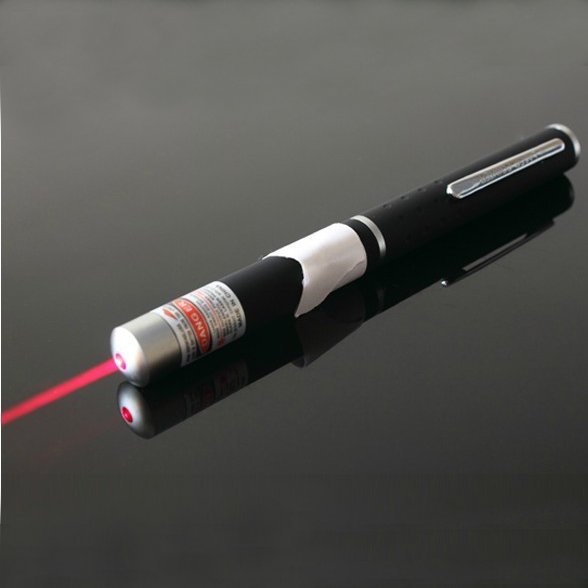There are stories about “clairvoyance” in Chinese mythology, but the eyes of all creatures in nature cannot see the distance of a thousand miles. The development of new technologies, especially the development of synthetic aperture lidar (SAL) technology, may really enable humans to have “clairvoyance” capabilities.
It is a high-resolution imaging lidar. Its outstanding feature is that the imaging resolution has nothing to do with the target distance. In theory, SAL can easily achieve centimeter-level resolution for targets at a distance of 100km. This excellent imaging capability is particularly attractive for high-resolution surveillance applications of long-distance targets.
Working on a moving platform, it continuously emits broadband pulsed laser pointer to illuminate the target, while receiving scattered echoes from the target, and then process the echo information to obtain target images. SAL comprehensively utilizes the time and space information of the target echo and is a very ingenious high-resolution imaging method.
High-resolution imaging SAL is not easy to implement, and needs to meet a series of demanding hardware and software technical conditions. Since SAL uses laser as the detection light source, the wavelength of the laser is on the order of microns, and the propagation process is very prone to errors, so it is not easy to achieve SAL imaging and high quality.
The fundamental purpose is not different from that of a normal camera. It is to obtain a high-resolution image of the target. The detailed SAL image is the best reference to reflect the system performance or application system. At present, in the field of SAL technology research, image data is still lacking. Recently, the research group of Researcher Wu Jin from the Institute of Electronics, Chinese Academy of Sciences published their strip-mode synthetic aperture lidar laboratory high-resolution imaging results in Acta Optics.
They have been working in the field of SAL technology research for more than ten years. They have built a laboratory SAL imaging demonstration device by comprehensively considering various factors such as detection light source, transceiver optical system, heterodyne detection, transmission optical path environment, mechanical vibration, and data processing. In the experiment, high-resolution SAL images of the cooperative target and the diffuse reflection target were obtained at a distance of 12.9m, and the imaging resolution exceeded 100 times the real aperture diffraction limit, as shown in Figure 1.
The goal of the cooperation is an icon made of reflective material. Reflective materials are commonly used target materials for imaging experiments. They have strong echoes and high signal-to-noise ratio of imaging data. The diffuse reflection target is three letters cut out of copper foil with sandpaper on the surface. The diffuse reflection material target has weak echo and low signal-to-noise ratio of imaging data, which may be a common target in the practical application of SAL. In Figure 1, the SAL imaging quality (resolution and clarity) of the two material targets is basically the same.
There are not many high-quality SAL images published at home and abroad. The airborne SAL cooperative target experimental image published by Lockheed Martin in 2011 is still the only public image of airborne SAL. In practical applications, cooperation goals do not exist. What about the performance of airborne SAL imaging in the face of non-cooperative goals such as natural features, tactical goals, and urban environments? I look forward to the publication green laser pointer of relevant results.
